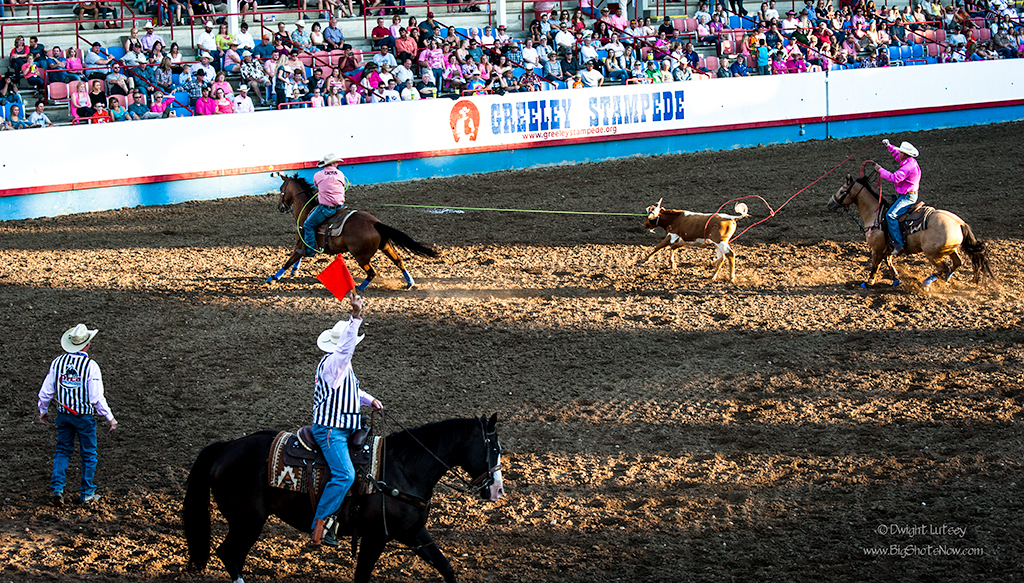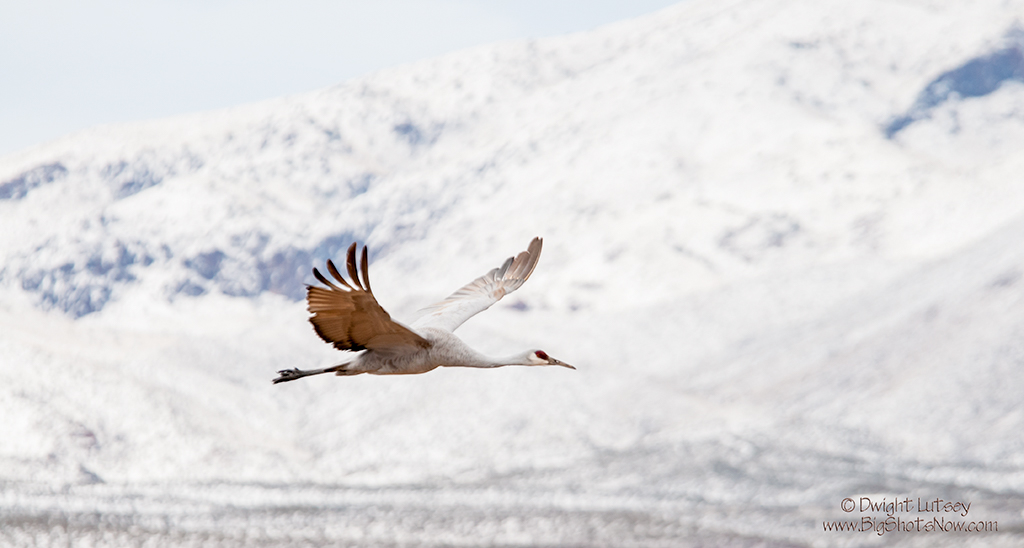This post has been moved to OpenChutes.com. All future postings of Powwows, Indian Relay Races, Rodeos and Rendezvous will be posted there from now on exclusively. So if you’re looking for new images and posts for all those events attended this year, plus all the old posts posted on BigShotsNow.com check out OpenChutes.com. See you there!
Team Roping, this is a rodeo event based on real life cowboy work, as are all the events in the rodeo except maybe bull riding. That event is just something cowboys thought up for fun, something to do on a Friday night instead of going to the Punch Up, a shot and a beer and a fist fight establishment out on the county line.
Team roping was particularly important as it was the way cowboys completed the arduous task of handling calves during spring round-up so they could be collected, branded and other necessary activities performed on them. Calves being calves they had some idea of what that all entailed so they would do their best to avoid participating and run away. Especially the little bull calves. Cowboys having to get all this work accomplished had to come up with a way to capture the calf so it could be processed. That’s where team roping came in.
Cowboys on their horses would be hanging around the outside of the herd as it milled around inside the corral and when they saw a calf making a break for it, ride after it to catch it. Two cowboys usually worked together to do this. One cowboy, called a header, would rope the runaway calf or young steer around his horns, and the other cowboy called a heeler, would rope the calves hind feet. The calf unable to run would be secured by the two horses carefully backing up, until the calf was in the position it needed to be for the branding team to run up and tip the calf on its side, so the branding could take place. This was also the time that other necessary things would happen, inoculations, horn trimming if necessary, a short brief instruction session on how to be a proper productive member of the herd, normally delivered by one of the older cowboys, and the calf would be released back to the care of its mother or other proper guardian.
Today things are stilled handled pretty much the way they were 100 years ago. The cows and calves are rounded up, herded into a corral where the cowboys have built a small fire to heat up the branding irons and they go to work. It worked good back then and it still works good today. But we’ve heard that changes may be on the way.
It’s the middle of the second decade of the twenty-first century and some things have changed from the 1800’s. We have iPads now, and cell phones, freeze-dried potatoes that you can just mix with hot water and have for lunch right there at the corral, and that and other digital stuff, changed everything. The word on the range is that soon drones will be flying in with their calf-seeking radar, picking up these calves, hauling them to an area where they are marked with organic recycled ink in place of the old style brand, be subcutaneously inoculated with growth hormones that will double the calves weight every 96 hours, make them mellow and not mean, and lastly, be injected with a personalized “chip” that will give its location, weight gain over the past 96 hours, its current mood and disposition, whether it is currently being rustled, and provide it with all the necessary information it needs to be a calf in the 21st century.
Now we don’t know if any of that is true or not, it’s just some of the stuff cowboys talk about around the campfire at supper. It makes the time go by and the beans taste better. We do know that the Amalgamated Brotherhood of International Cowboys, (ABIC) the union most cowboys belong to, are definitely against it. We’ll just have to wait and see how all this plays out. For now though it’s business as usual out on the range and the team ropers have their work cut out for them and they’re hard at it.
If you want to see how real cowboys do their work then come down to the rodeo, and the Greeley Stampede is a good one to come to, and watch Team Roping. It’s very cool.



You must be logged in to post a comment.